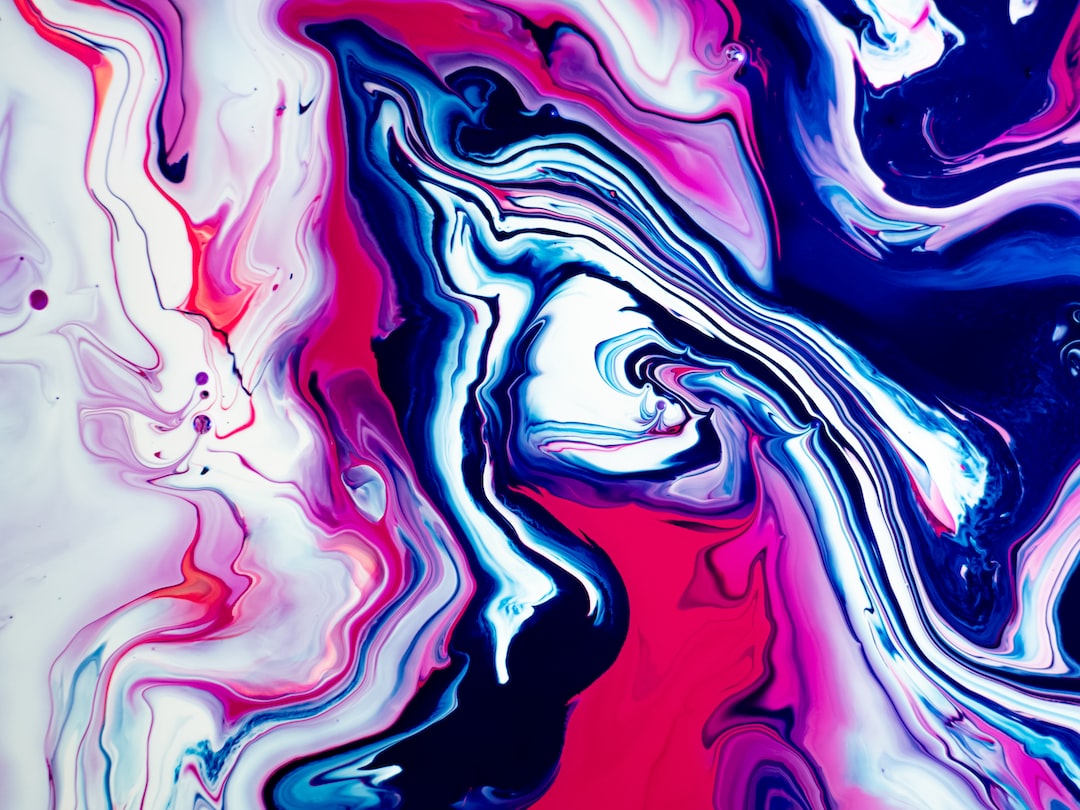Investigating the Role of Censorship in the Art World
Art has always held the power to challenge norms, provoke thoughts, and ignite discussion about various social, political, and cultural issues. Throughout history, artists have used their creative expression as a means to voice dissent, shed light on sensitive topics, and push boundaries. However, this freedom of expression often faces strong opposition in the form of censorship. The role of censorship in the art world is a complex and controversial subject that warrants closer examination.
Censorship in art refers to the suppression, prohibition, or control of artistic expression due to societal, governmental, or religious pressures. It can take various forms, such as outright bans, political interference, self-censorship, or the withholding of funds. Although censorship can occur outside the realm of the art world, it is particularly prevalent due to the subjective nature of artistic interpretation and the potential to challenge existing power structures.
One of the most notorious instances of censorship in art history is the banning of Gustave Courbet’s painting “L’Origine du monde” (The Origin of the World) in the 19th century. The painting, depicting a close-up of a woman’s genitals, was considered scandalous and obscene by the societal standards of the time. Consequently, it was hidden from public view for almost a century until it resurfaced in the 1980s. This example highlights how censorship can silence artworks that deviate from prevailing morality or offend dominant sensibilities.
Religion, politics, and cultural values often play a significant role in the censorship of art. In some countries, artwork that challenges religious beliefs or cultural traditions is met with outrage and suppression. For instance, the Danish newspaper Jyllands-Posten’s publication of satirical cartoons depicting the Prophet Muhammad ignited widespread protests in the Muslim world, leading to censorship attempts and even violent responses. This incident underscores the tension between freedom of expression and cultural sensitivities, raising questions about where to draw the line.
Political censorship is another significant factor impacting the art world. Governments, both democratic and authoritarian, have sought to control artistic expression through restrictive laws, threats, and intimidation. Artists who dissent, criticize the regime, or challenge political ideologies can face severe consequences. Ai Weiwei, a prominent Chinese artist and activist, experienced firsthand the suppression of his work and the constant surveillance imposed by the Chinese government due to his outspokenness. This illustrates how censorship in the name of preserving political stability can stifle creativity and foster an atmosphere of fear.
Self-censorship often arises as a direct response to the fear of legal, social, or financial repercussions. Artists may choose to restrain their work or tone down their message to avoid controversy or protect themselves from potential backlash. While self-censorship allows artists to navigate the turbulent waters of censorship, it can also compromise the authenticity and impact of their art. The fear of offending audiences or losing financial support can lead to a watered-down version of art, devoid of its original intent.
Another aspect to consider is the role of funding as a form of indirect censorship. Art institutions, galleries, and grant-awarding bodies have the power to influence and shape artistic expression by selectively funding or withholding financial support based on their own values and agendas. This form of censorship, often invisible to the public eye, can shape the art we see by promoting certain artists, themes, or ideologies.
However, while censorship can stifle artistic freedom, it also becomes a catalyst for resilience, creativity, and innovation. Artists, throughout history, have found innovative ways to circumvent restrictions or use censorship as a subject of their work. The Chinese artist known as Badiucao, who remains anonymous for his safety, creates political cartoons that blend satire and activism to expose the repression and human rights abuses in China. This form of artistic resistance showcases how artists can challenge and thrive despite censorship.
In conclusion, the role of censorship in the art world is a multifaceted and contentious issue that warrants thoughtful investigation. While it is crucial to acknowledge the potential harm and limitations censorship can impose on artistic expression, it is equally important to recognize the resilience and creativity it can inspire. As safeguards for freedom of expression, it is our responsibility to champion and protect the artists who challenge the boundaries and shape our understanding of the world through their art.

